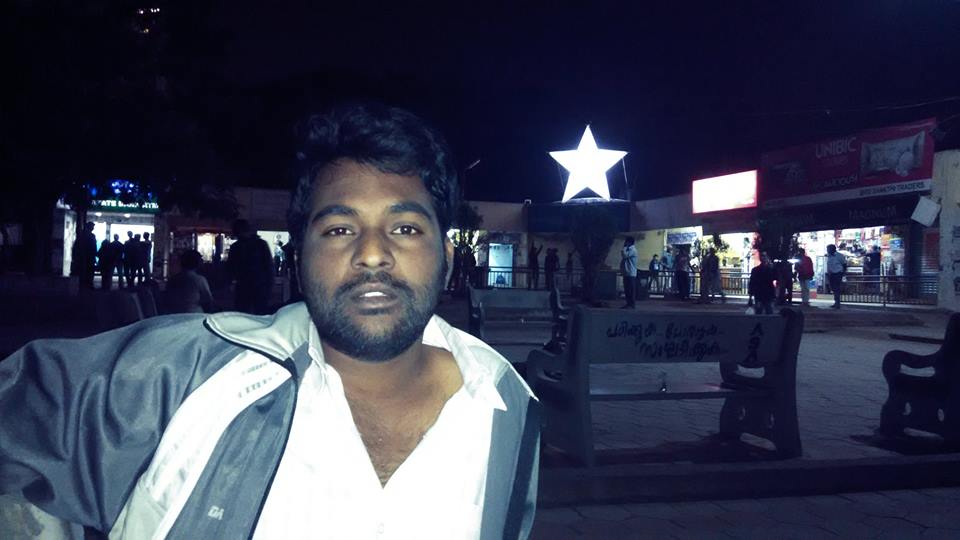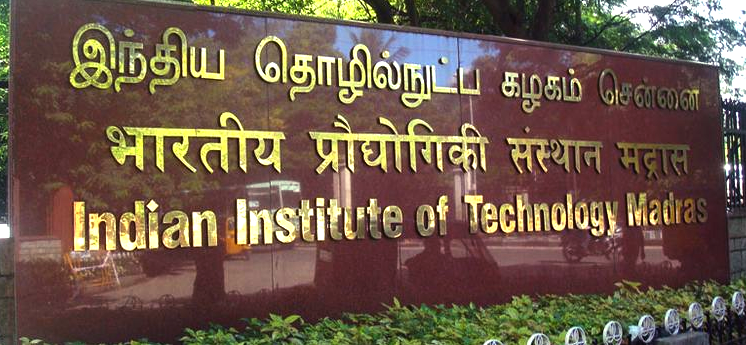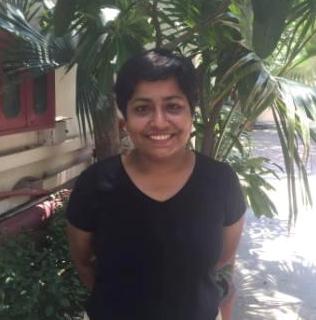Anitya Sanket
Rohith Vemula’s ‘suicide’ case has caught the nation’s attention through the media and it is gaining a lot of support too. Seen through the mainstream media’s eye, in the ongoing series of protests carried out by the Dalit students in various places and institutions one thing is evident that Rohith was suspended along with 4 of his friends for protesting against Yakub Menon’s hanging, which according to the ABVP was as anti-national. As a result, they had allegedly written a letter to Bandaru Dattatreya out of ‘concern’. And a series of letters followed which eventually led Rohith to commit suicide. Also, some news channels have gone to the extent of portraying Rohith as the one who made this argument violent by injuring one of the ABVP students.

The media is trying its best to evade the real issue and is limiting it to the BJP, ABVP and the Congress. After analyzing the programs on the case, as shown on both the English and Hindi news channels, the one thing we find in common is that they are trying to portray Rohith as one who was unable to handle the pressure and was thus driven to suicide.
Let’s not be confined to the ABVP, BJP and the Congress. The battle is between Brahmanism and Abrahmanism. Dalit students face discrimination both inside and outside of the institutions. They are the victims of inhuman stereotypes. As Rohith’s alleged suicide note says, he was an unappreciated child and was possibly never given credit for what he deserved. This one sentence is harped on in the Indian media. Can we really just limit this case to his personal problems?
A child’s all round development depends upon his social and family background. Let’s not forget how the Dalit children, be it an urban or a rural area, are made to realize their distinct identity. At school they realize how they are not as equal as the Brahmin and Savarna kids and at home, in majority of the cases that I know about, the families are not as educated to provide proper career guidance to their children and lack knowledge of the anti-caste philosophy of Periyar, Ambedkar and Phule etc. Eventually, the children lack resources and at large, the motivation to study. Moreover, from primary education till graduation, the pedagogy is highly Brahmanical and neglects the Dalit Bahujan culture. Therefore, this depression does not come out of nowhere, but is deliberately instilled into the Dalit students. This should be made clear to the Indian media in the first place.
There is a very systematic way in which the minds of the Dalit students are attacked right from the moment they initiate their criticism against the caste system and the privileges gained by the Brahmin and the Savarnas. The Dalits in the colleges live under a threatening environment, whereby most of them struggle to hide their caste identity and if they do reveal it, they invite a lot of unseen prejudices from their fellow students. How often are the Dalit students fearless when talking, and perhaps giving presentation, on Dr. Ambedkar or the other Dalit icons?
So, to refer to the cause of Rohith’s suicide case as only a conflict between ASA and ABVP would not be entirely correct. The root of all this lies in the social order that benefits the organizations which suppress anti-caste thought. The solution is a strong Dalit Bahujan movement to capture education and political power and change the education system that instills Brahminical values.
~~~
Anitya Sanket is a Class 12 Arts student who is interested in subjects like Sociology, Political Science, Economics and History. He admires Dr. Ambedkar and is inspired by his life and work. He aspires to battle against caste and wishes to be a social scientist and reformer.










